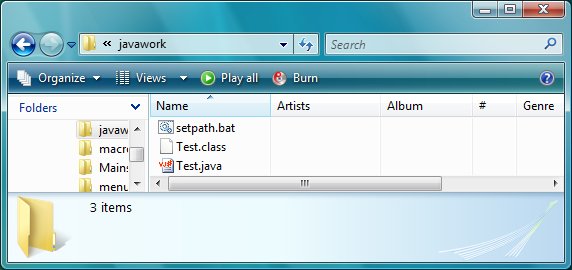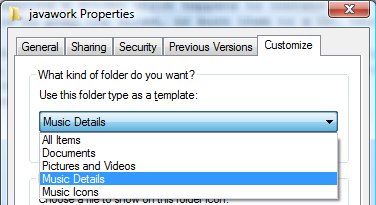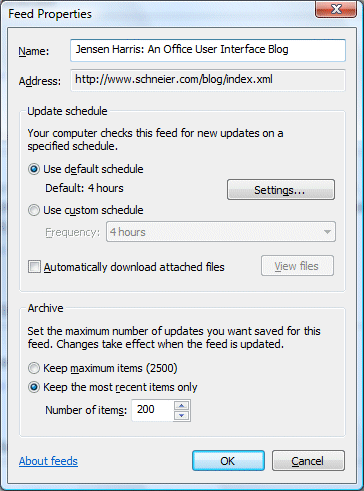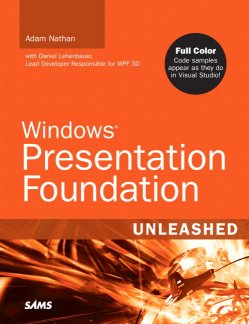I promised some more comment on the conference on XNA game development last week. It was a fascinating event, not so much because of sparkling content (though it was good), but because of the underlying themes. This conference was for the academic community, both students and lecturers. The idea was to promote the adoption of XNA on computer science courses. Presenters included members of Microsoft’s XNA team, Nick Burton who is a graphics programmer from Rare, and Peter Molyneux from Lionhead.
XNA is Microsoft’s new framework for games development. It is a .NET wrapper for DirectX, and a replacement for the earlier Managed DirectX libraries. You can create games for both Windows and XBox 360. The initial target is student and hobbyist developers, and the development kit is free except that to deploy to an XBox 360 you have to join the XNA Creator’s Club, for a modest subscription fee. Even then, you cannot distribute your 360 game except as source code to other club members; you would need to find a publisher or get the game on XBox Live Arcade. A future XNA studio product is planned which will target professional developers.
There is an obvious benefit to Microsoft if it can establish XNA in universities. It gets students familiar with the Visual Studio/Windows platform and helps foster the next generation of Windows and XBox 360 game developers. But what’s in it for the universities?
Here the context is important. There is a crisis in computer science, with dramatic falls in the numbers of students applying for courses. I spoke to Rob Miles, lecturer in computer science at the University of Hull. “The number of people applying to courses across the country has dropped by something like 40% over the last few years,” he told me. Including games programming in the syllabus is a bit of sugar to attract new students. “It will help me motivate students to want to learn to program,” said Miles.
Microsoft says XNA will help to address another crisis, this time in the games industry itself. Developing a game has become extraordinarily expensive. The industry has moved towards the Hollywood model of big-budget titles that can make or break their publishers. Gamers on the other hand complain of too many sequels, lack of innovation, and poor gameplay. Microsoft likes to talk up XNA as the future YouTube of games, recovering the community and excitement that was around thirty years ago, in the days of the BBC micro and other home computers.
Here XNA is competing with Flash, which already has a considerable community of game developers. XNA is vastly more powerful than Flash, but for small, easily deployed games Flash has many advantages including cross-platform support and browser integration.
Is XNA just another hobbyist game programming tool, likes others including AMOS and STOS (for the Amiga and Atari ST), or more recently DarkBASIC? There is a range of opinions here. Peter Molyneux enthused to me about XNA, saying it is “a fast, efficient, better language” than earlier more compromised tools, and “built with ambition in mind,” so that XNA programmers can create the next Populous (the game which made Molyneux his fortune).
On the other hand, Molyneux undermined his evangelism by also stating that C++ remains the language of choice for professional development. If this is the case, then XNA will always be a hobbyist niche, which implies that serious students of game programming should not waste too much time on it.
Not everyone takes this line. The Rare team has spent time with XNA and appears genuinely impressed with its capabilities. Nick Burton showed us both the dramatic reduction in code and the impressive performance of XNA code. While Rare is not yet using XNA commercially, it does expect to do so in a few year’s time. This might be some sort of mixed code, using XNA for game logic and C++ for graphics heavy lifting, or might be pure XNA. A factor for Rare and any professional game studio is the extensive C++ code library which it has built up over the years, which makes any quick move to another platform out of the question.
My view is that the productivity win makes XNA or something like it inevitable in games development at every level. Timing is another matter, and C++ will be hard to shift.
Finally, a couple of hot snippets of game gossip. One is that Rare is working on a Live Arcade title. I got the impression that it is fairly well advanced, though nothing is yet formally announced.
The other is that Molyneux talked up innovation in Fable 2. He told me that it has an unique and surprising feature which he had to fight to include, and which will be unveiled in March at the Game Developers Conference in San Francisco.
Microsoft’s XNA site is here. Note that if you want to develop in XNA, you are well-advised to get hold of the wired XBox 360 controller. It is a decent controller and works nicely with XNA both on Windows and 360.




